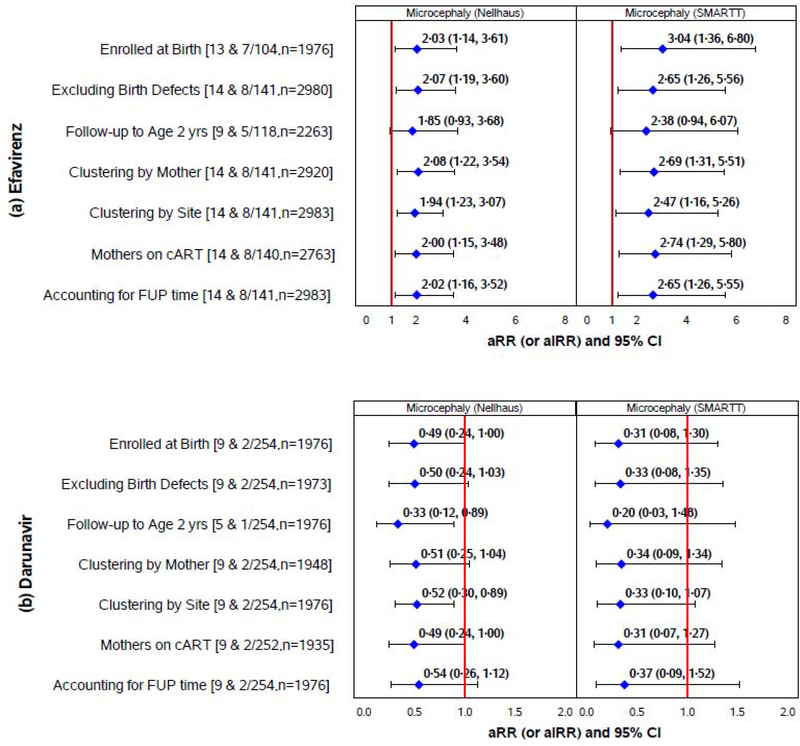Figure 3. Sensitivity Analyses for Associations of efavirenz and darunavir with Microcephaly in HEU Infants and Children.
Numbers in brackets indicate the number of microcephaly cases among those exposed to efavirenz (panel (a)) or darunavir (panel (b)), by the Nellhaus and SMARTT criteria, respectively; the total sample size for each sensitivity analysis is also provided.
Adjusted relative risks (aRRs) and adjusted incidence rate ratios (aIRRs) are based on modified Poisson regression models adjusting for low education, low household income, alcohol use during pregnancy, and birth cohort (2007–2010, 2011–2014 and 2015–2017 vs <2007) for microcephaly by Nellhaus criteria, and adjusting for low education, 1st trimester tobacco, and birth cohorts (2007–2010, 2011–2014 and 2015–2017 vs <2007) for microcephaly by SMARTT criteria. Models accounting for clustering within site or within the same mother/family are fit using generalized estimating equation models with an assumed exchangeable correlation structure. Incidence rates are estimated based on person-time from birth or study entry to the first date of documented microcephaly or latest study visit without microcephaly. FUP=follow-up, cART= combination ARV regimen.

